Did you know that global spending on outsourcing surged to a staggering $731 billion in 2023? With such significant investments, mastering the art of outsourcing has become paramount for businesses worldwide. In this comprehensive guide, we delve into the intricacies of outsourcing, exploring key strategies, pitfalls to avoid, and proven techniques to ensure success. Here's what you'll uncover:
📌 Maximizing ROI through strategic outsourcing partnerships
📌 Navigating the outsourcing process with clarity and efficiency
📌 Leveraging project management platforms for seamless collaboration
📌 Crafting a communication plan to align project objectives
📌 Learning from past experiences to enhance future outsourcing efforts
Let’s learn to fully utilize outsourcing's potential to drive your company's growth and prosperity to previously unheard-of levels.
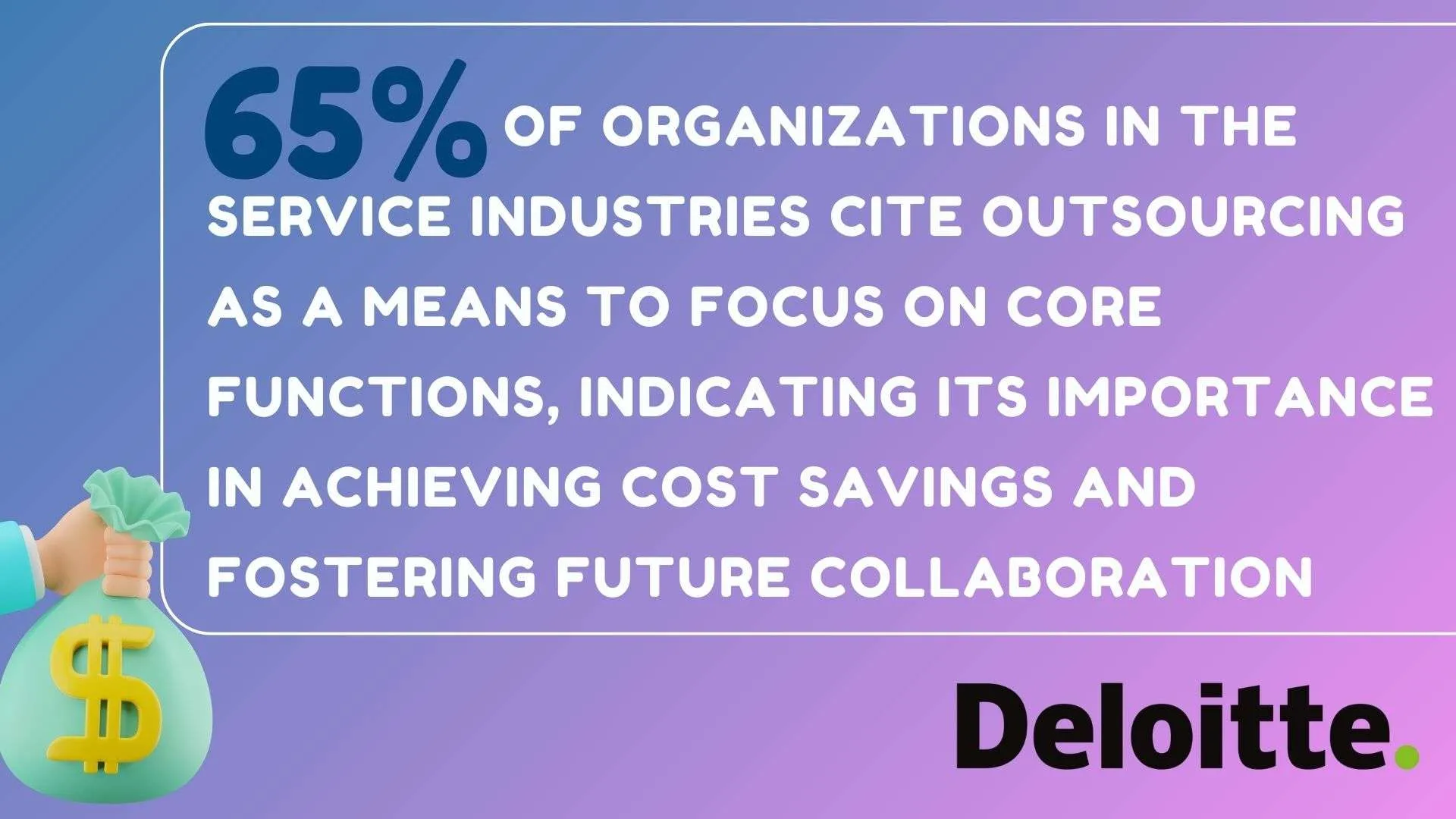
How do you measure the success of outsourcing a project
The success of outsourcing a project can be measured through various metrics and indicators, including:
🎯 Cost Savings: Project managers (using project management platforms) must compare the expenses incurred through outsourcing with the potential costs of handling the project's in-house workforce. A successful outsourcing endeavor should ideally result in significant cost savings aligned with business goals, a positive outcome.
🎯 Client Satisfaction: Project managers (using project management platforms) should gather feedback from the client or stakeholders regarding their satisfaction with the outsourced project to make informed decisions about future outsourcing initiatives. Positive feedback and ongoing collaboration indicate a successful outsourcing relationship aligned with the organization's business strategy.

🎯 Operational Efficiency: Project managers should evaluate operational efficiency improvements from outsourcing using project management platforms, considering internal team roles and hidden costs, particularly in software development outsourcing projects, for resource allocation decisions.
🎯 Risk Management: Project managers must assess outsourcing's risk reduction using project management platforms to guide future efforts and resource allocation, considering hidden costs and internal team responsibilities in software development initiatives.
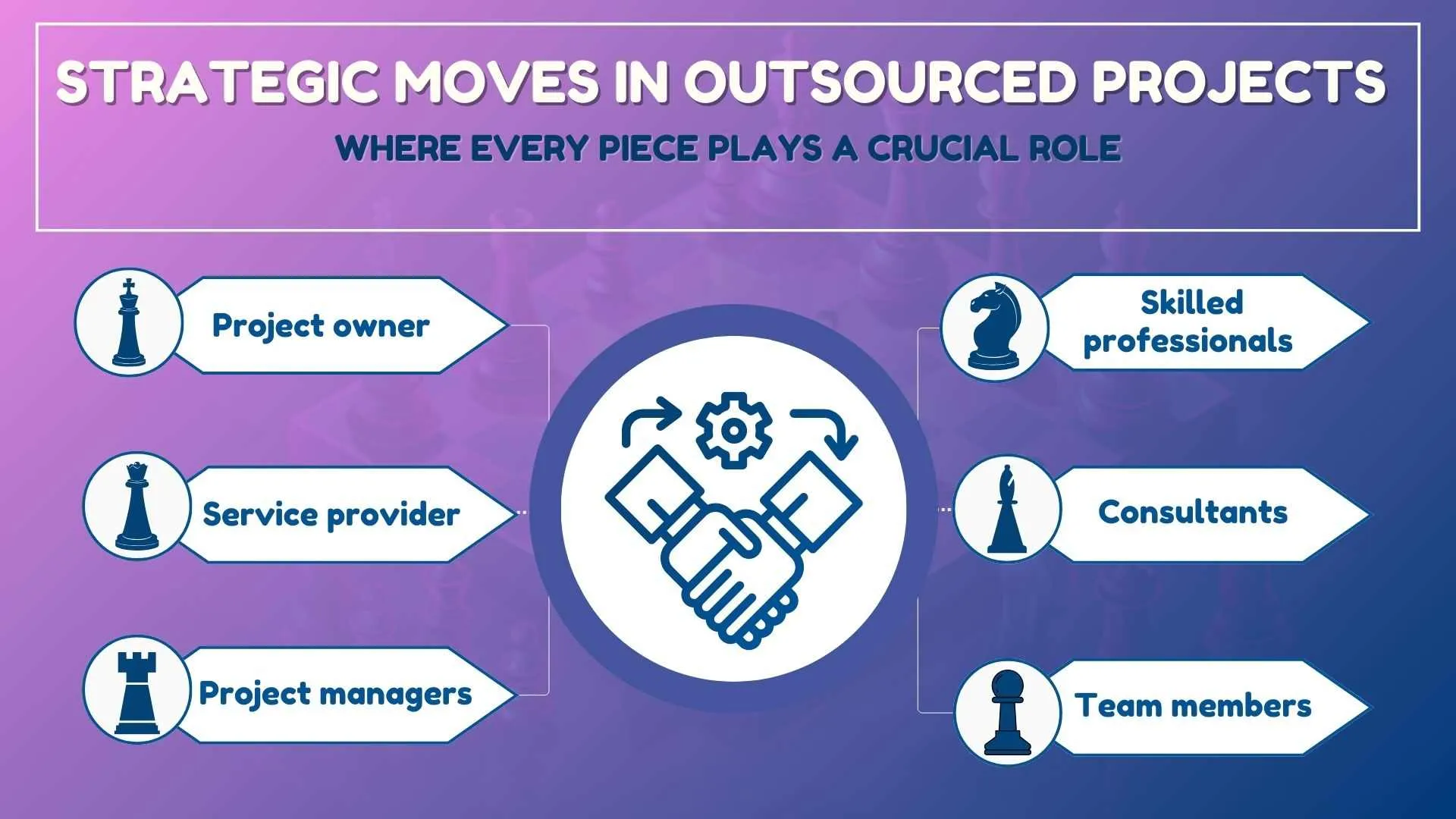
Key considerations for deciding whether to outsource a project
When deciding whether to outsource a project, several key considerations come into play:
🎯 Alignment with Business Objectives: The first step is to assess how outsourcing fits within the organization's strategic objectives. Determine whether outsourcing the project aligns with strategic goals such as cost efficiency, accessing specialized expertise, or focusing on core competencies. Ensuring that service level agreements with the service provider align with strategic objectives is crucial in this assessment.
🎯 Development Process Compatibility: Evaluate whether the development process of the outsourcing vendor aligns with your organization's standards and requirements. Ensuring compatibility in methodologies, communication protocols, project management platform selection, and project management practices is crucial for seamless collaboration and cost efficiency.
🎯 Complexity of Projects: Consider the complexity of the projects and whether they require specialized skills or resources that may not be available from the in-house workforce. Complex projects often benefit from outsourcing to experts who can handle intricate tasks more efficiently, thus contributing to cost efficiency and alignment with strategic objectives.
Ensuring that service-level agreements with the outsourcing vendor address the complexity of the projects and realistic expectations, along with industry benchmarks, is essential for successful collaboration.
🎯 Performance Metrics: Define clear performance baseline metrics to measure the success of the outsourcing arrangement. Establishing quality, timeliness, and cost-effectiveness industry benchmarks will help monitor the outsourcing vendor's performance and ensure accountability.
These baseline metrics should be aligned with the objectives of the outsourcing strategy and consistently evaluated throughout the outsourcing process/preferred channels to ensure the outsourcing company meets realistic expectations along with industry benchmarks.
🎯 Data-Driven Decisions: Base your outsourcing decisions on data and insights rather than assumptions. Conduct thorough research and analysis to identify potential outsourcing opportunities and assess their feasibility in meeting project and regulatory requirements and business objectives.
Utilize data to inform the selection of the outsourcing vendor, the development of the outsourcing strategy, and the ongoing management of the outsourcing process/preferred channels to maximize the arrangement's success.
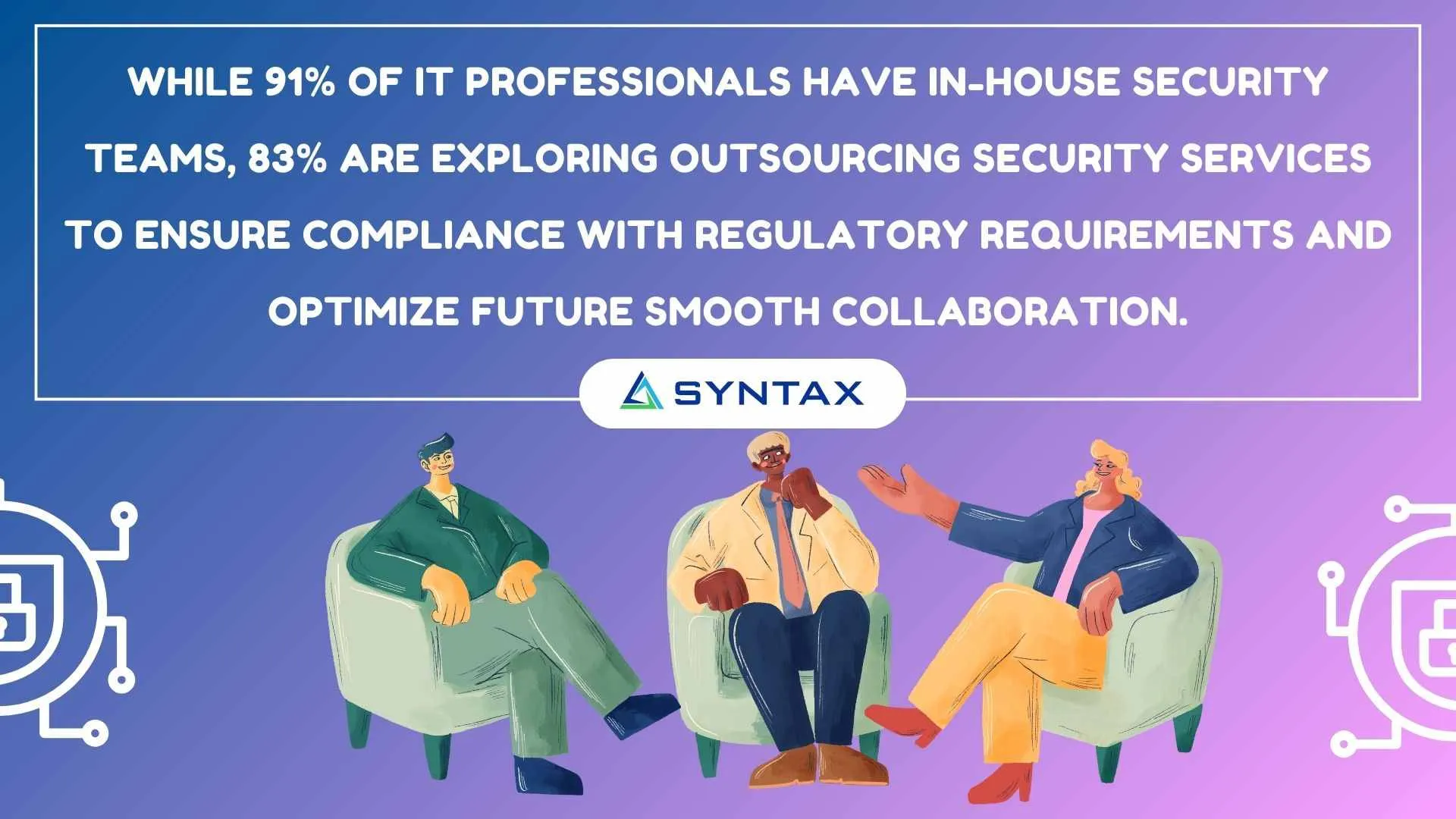
What steps can be taken to improve measurement methods for outsourced projects continuously
Continuous improvement of measurement methods for outsourced projects involves several steps:
🛠️ Regular Performance Reviews: Conduct performance reviews with the outsourcing vendor to
- Assess progress against core metrics and objectives.
- Use feedback to identify improvement areas.
- Adjust measurement methods as needed.
- Align outsourcing company with strategy objectives.
- Contribute effectively to project success.
🛠️ Utilization of Project Management and Collaboration Tools: Implement project management and collaboration tools (project management platforms) and software products to:
- Implement project management platforms and software products.
- Track project progress, manage tasks, and monitor KPIs.
- Facilitate transparency, smooth collaboration, and accountability.
- Support outsourcing strategy objectives.
- Enhance the outsourcing process's efficiency.
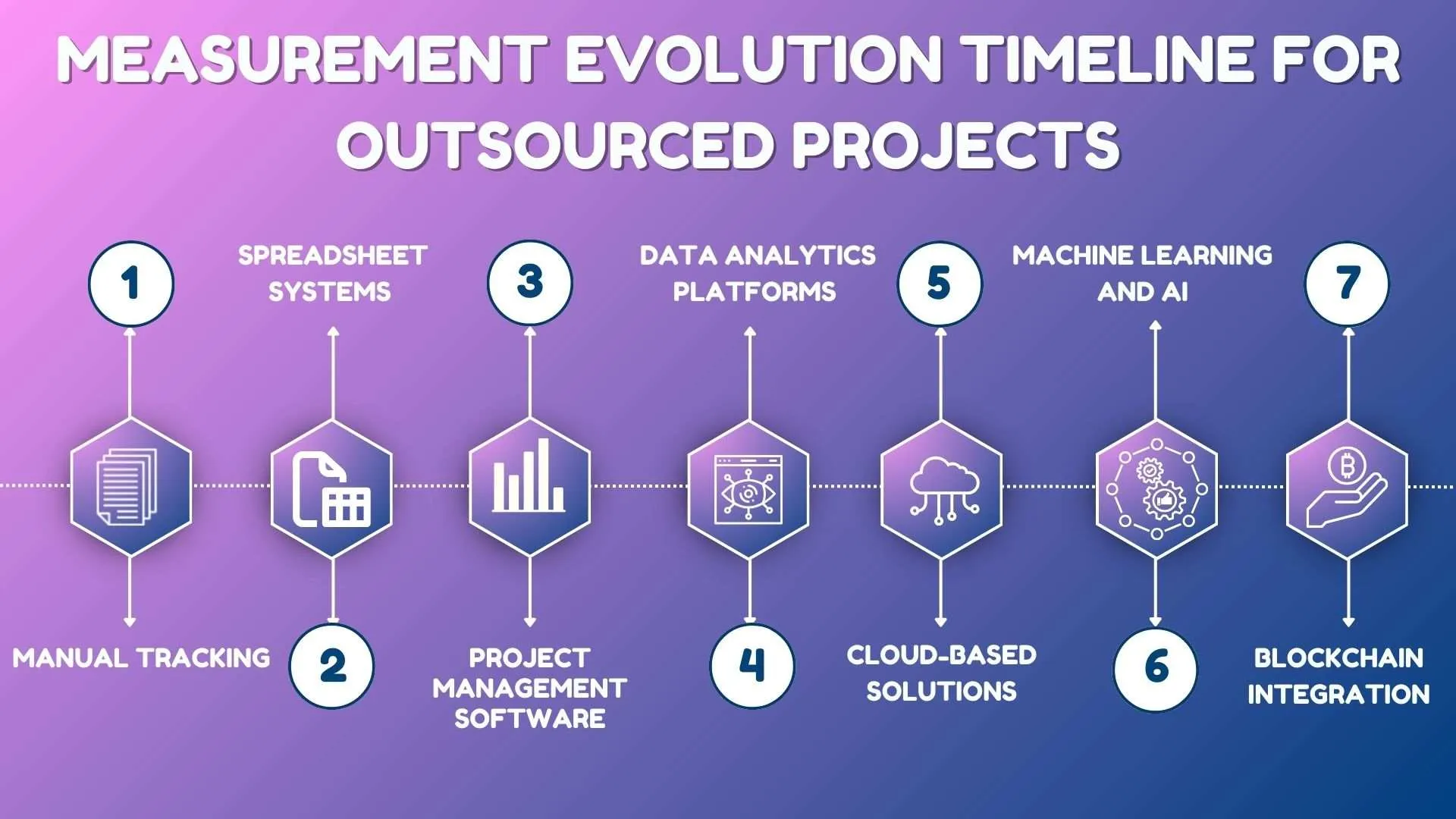
🛠️ Customized Core Metrics: Outsourcing strategy alignment should be performed because:
- Tailored measurement core metrics align with regulatory requirements.
- Captures quantitative and qualitative aspects of project performance.
- Collaborates with software development outsourcing partners using project management platforms.
- Ensures outsourcing company aligns with strategy objectives and contributes effectively to project success.
🛠️ Data Analysis and Benchmarking: Outsourcing strategy optimization could be done by:
- Analyzing project data and industry benchmarks.
- Comparing metrics across providers.
- Identifying trends.
- Using client expectations insights.
- Inform decision-making and collaboration.
🛠️ Effective Communication Channels: Outsourcing Strategy Overview
- Fostering clear communication between in-house teams and outsourcing providers.
- Addressing issues promptly through timely identification.
- Utilizing project management platforms for smooth collaboration.
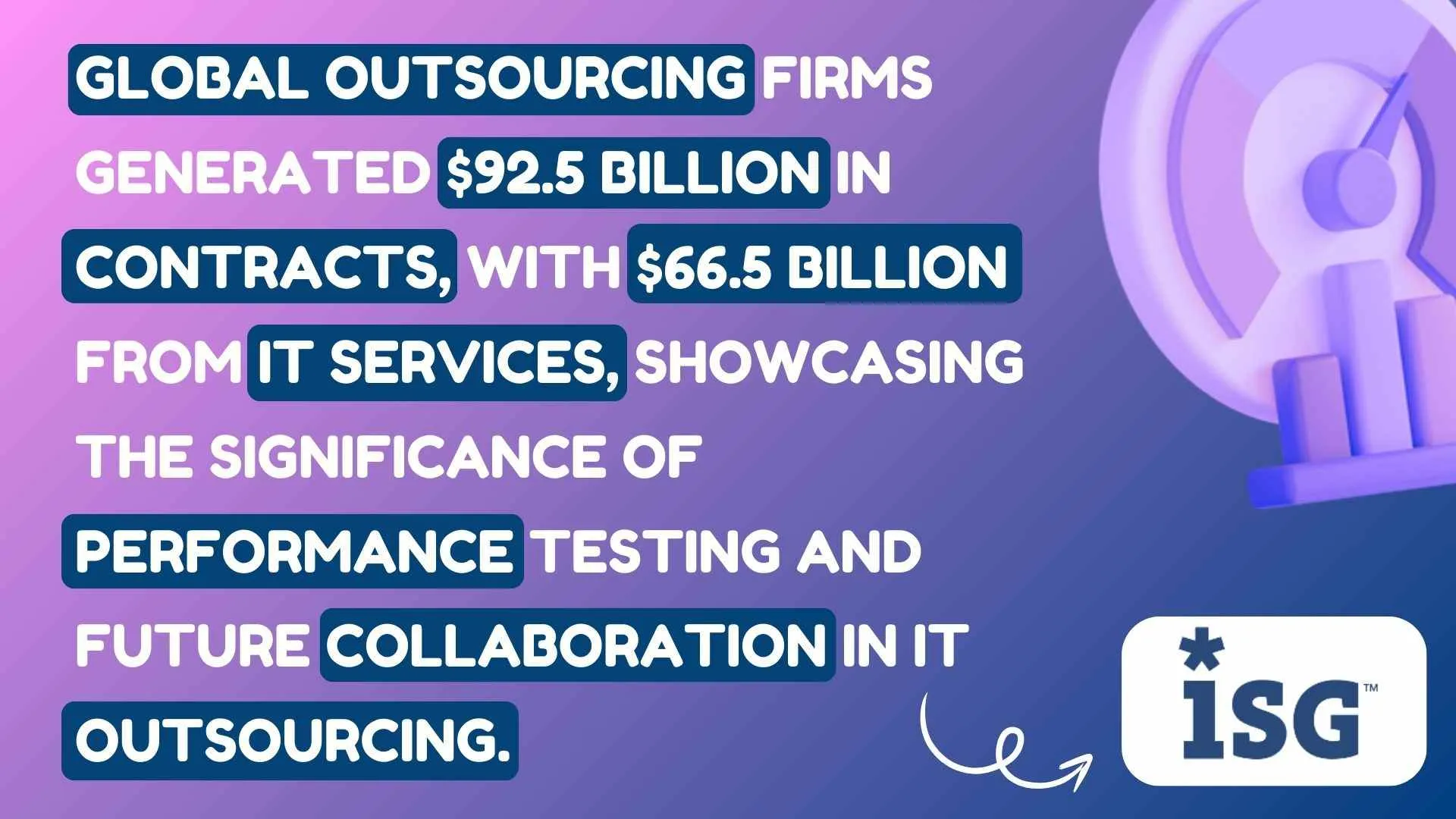
Managing cultural differences in measuring outsourced work
Managing cultural differences in measuring outsourced work, especially in software development projects, requires a nuanced approach considering communication styles, work ethics, and quality industry standards.
Project management tools (project management platforms) can facilitate transparency and collaboration between the in-house team and the software development outsourcing partner, ensuring alignment with service-level agreements, contractual agreements, and quality industry standards.
Additionally, fostering cultural awareness, promoting open communication, and establishing clear client expectations can help bridge cultural gaps and promote effective teamwork among diverse development teams.
This is particularly crucial during performance testing and stress testing phases, where collaboration between the in-house team, the outsourcing vendor, and the software development outsourcing partner is essential for ensuring accurate measurement of project performance and adherence to quality industry standards.

What strategies are effective for aligning outsourced project goals with measurement criteria
Aligning outsourced project goals with measurement criteria in software development projects involves several effective strategies:
🛠️ Clear Definition of Goals: Ensure project goals are clearly defined and communicated to the outsourcing vendor, performance testing teams, and stress testing teams. Aligning service level agreements, contractual agreements, future performance, and client expectations is essential for success.
🛠️ Collaborative Goal Setting: Engage stakeholders from the in-house team and the outsourcing vendor in setting measurable and realistic project goals, considering potential issues, and focusing on factors such as defect density and financial returns. Collaboration between dedicated teams for performance testing and stress testing is crucial in this process to ensure alignment with project objectives and quality industry standards.

🛠️ Establishment of Key Metrics: Identify key performance indicators (KPIs) through timely identification that reflect the project's success, such as project milestones, quality baseline metrics, and adherence to service level agreements and contractual agreements, in collaboration with the software development outsourcing partner. Utilize project management tools, project management platforms, and collaboration tools to track these baseline metrics and ensure alignment with the objectives of successful projects.
🛠️ Regular Updates and Reporting: Implement a system for regular updates and reporting on project progress using project management tools, project management platforms, and collaboration tools, ensuring transparency and accountability while allowing for timely adjustments to align with goals, service level agreements (SLAs), and contractual agreements.
🛠️ Feedback Mechanisms: Establish feedback mechanisms to solicit input from the in-house team and the outsourcing vendor, addressing any discrepancies in understanding and performance. Collaboration between dedicated teams for stress testing is crucial in this process to optimize future performance and ensure project success.

What are some tried-and-true techniques to track deadlines and progress in outsourced projects
Tried-and-true techniques to track deadlines and progress in outsourced software development projects involve:
💡 Project Management Software: Utilize project management tools and project management platforms to set deadlines, assign tasks, and track progress, enabling real-time monitoring and collaboration between the house team and the outsourced software development team.
💡 Regular Updates and Reporting: Implement a structured reporting mechanism for regular updates on project milestones, potential issues, and actual costs, ensuring transparency and accountability throughout the project lifecycle.
💡 Defined Milestones and Deliverables: Break down the project into defined milestones and deliverables with clear deadlines, allowing for incremental progress tracking and timely identification of any deviations from the plan.

What key performance indicators (KPIs) are commonly used to measure outsourced project success?
Key performance indicators (KPIs) commonly used to measure outsourced project success include:
💡 On-Time Delivery: Assessing the ability of the outsourced team and business objectives to meet project deadlines as specified in contractual agreements.
💡 Quality of Deliverables: Evaluating the quality of work produced by the outsourced team against predefined standards and client expectations, focusing on meeting vital role and regulatory requirements and resolving issues promptly through timely resolution.
💡 Cost Efficiency: Monitoring actual costs incurred throughout the project lifecycle compared to budgeted estimates, ensuring that the project remains within budgetary constraints and delivers value for money.
💡 Customer Satisfaction: Gathering feedback from stakeholders, including the in-house team, software development team, and end-users, to assess satisfaction levels with the outsourced project's outcomes, communication effectiveness, and issue resolution processes through timely intervention.
💡 Resolution of Issues: Tracking the timeliness and effectiveness of issue resolution through timely intervention by the outsourced team, minimizing disruptions to a successful project's progress and maintaining momentum toward successful project completion.
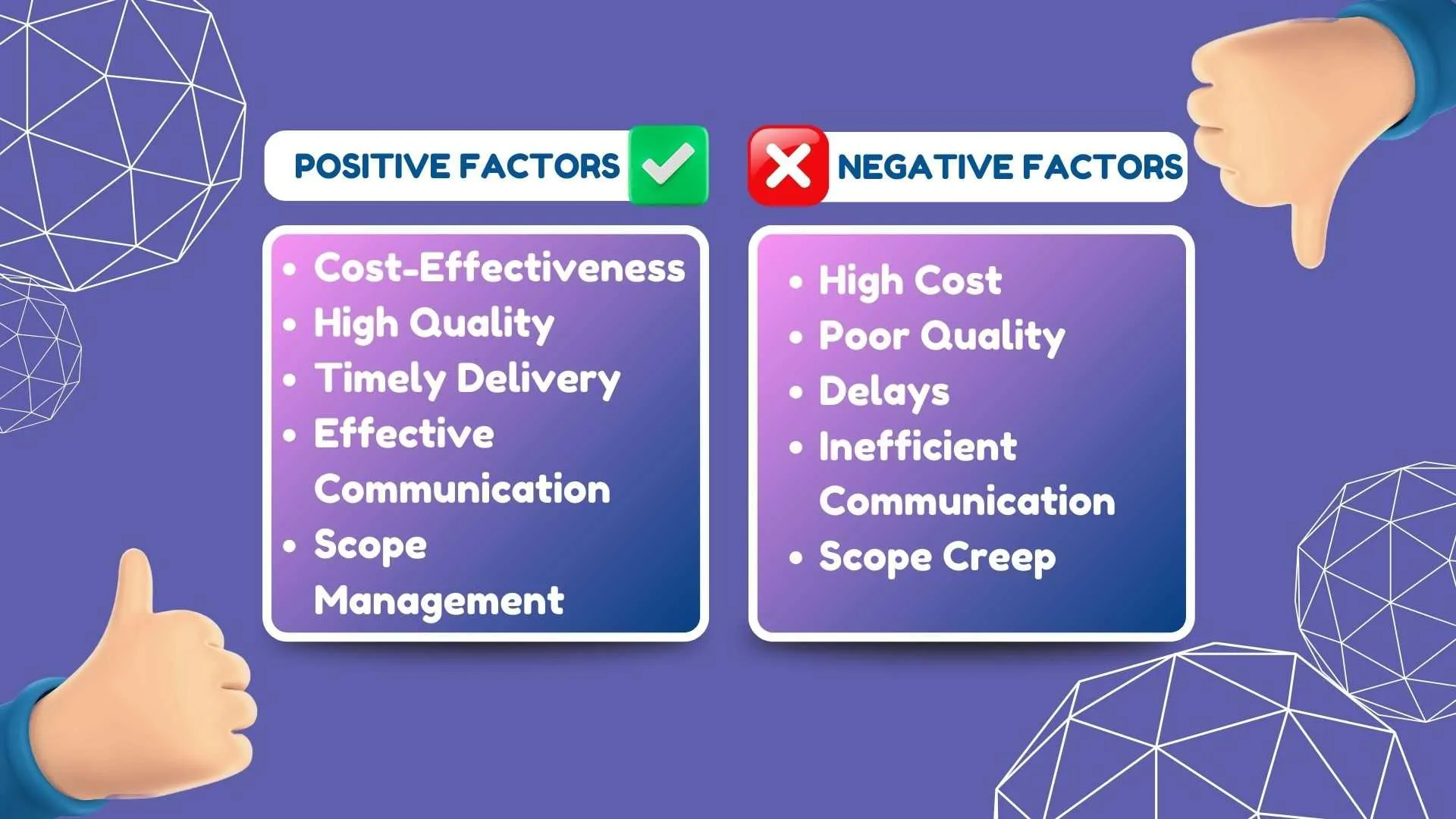
Difference between successful and unsuccessful outsourced projects based on measurement methods
Successful outsourced projects are distinguished from unsuccessful ones based on measurement methods in several ways:

Best practices for incorporating feedback from outsourced project measurements into future collaborations
Incorporating valuable feedback during feedback sessions from outsourced project measurements into future collaborations involves several best practices:
🧩 Regular Gathering of Feedback: Establish a systematic process for gathering feedback from all stakeholders involved in the outsourcing process, including the house team, outsourcing vendor, and end-users, to capture diverse perspectives and insights.
🧩 Analysis and Action: Analyze the valuable feedback during feedback sessions collected from outsourced project measurements to identify recurring themes, areas for improvement, and lessons learned. Prioritize actionable items that can inform future outsourcing efforts and enhance collaboration with the outsourcing company. Although developers may revisit and change a few lines of code during development, they should aim to build code resilient to future product modifications.

🧩 Continuous Improvement: Leverage valuable feedback from outsourced project measurements during feedback sessions to drive continuous improvement in the outsourcing strategy and partnership with the software development outsourcing partner. Identify opportunities to optimize processes, streamline communication channels, and effectively align project goals.
🧩 Open Communication: Foster open communication and collaboration between the house team and the outsourcing vendor, creating a valuable feedback-rich environment where ideas and suggestions are welcomed and valued. Encourage ongoing dialogue to maintain alignment on project objectives and client expectations.
🧩 Iterative Approach: Take an iterative approach to gathering feedback through timely intervention from external and internal resources and incorporating feedback into future collaborations, making incremental adjustments based on real-world experiences and outcomes. Regularly revisit and refine the outsourcing strategy to ensure it remains responsive to evolving needs and priorities.
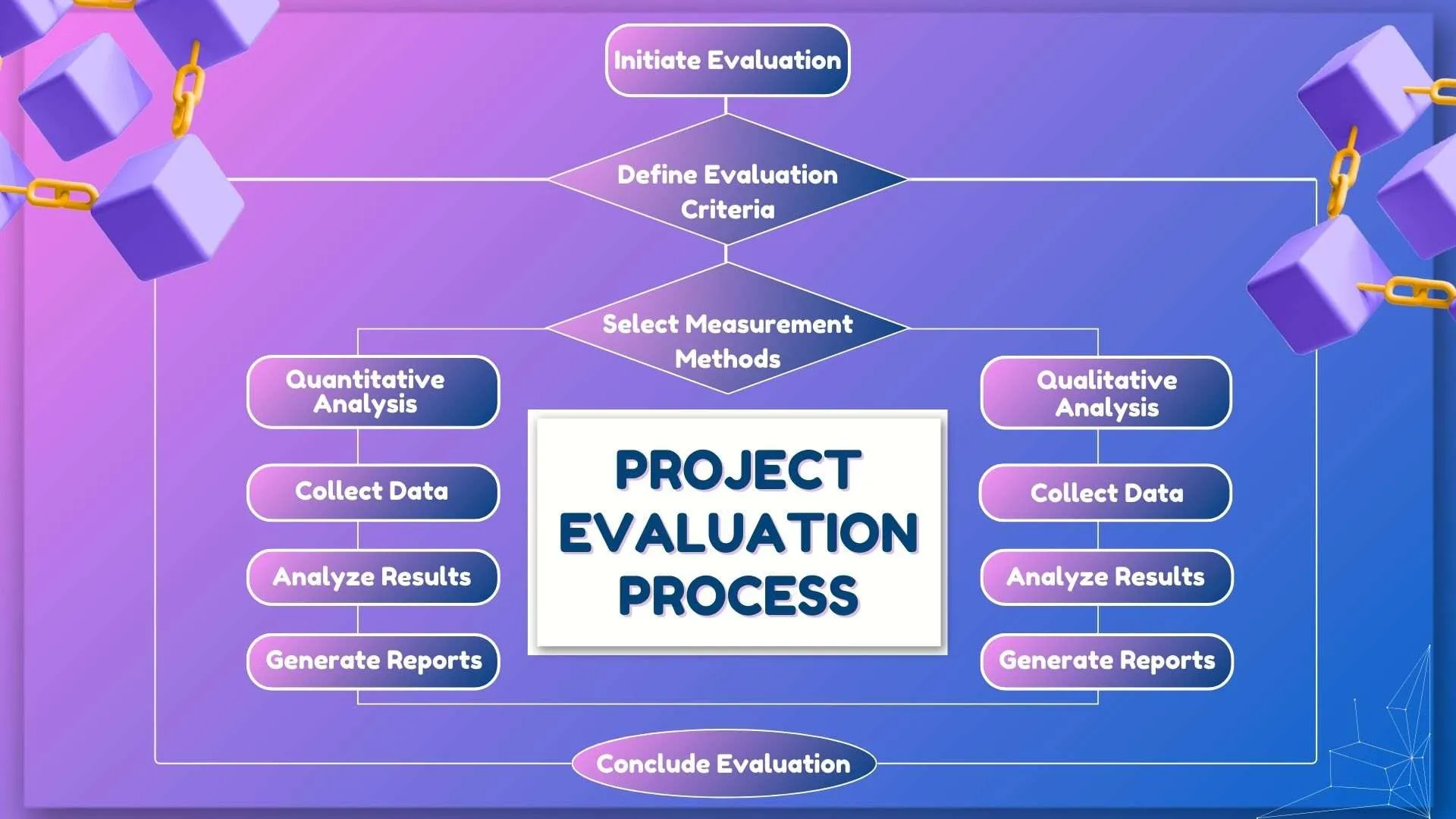
Final Thoughts
Mastering the art of outsourcing is essential for businesses seeking to leverage external expertise, optimize external and internal resources through timely intervention, and drive growth. Organizations can unlock the full potential of outsourcing partnerships by carefully aligning project goals with measurement criteria, making informed decisions, fostering effective communication, and continuously improving outsourcing processes.
Through diligent collaboration, adherence to quality standards, and strategic planning, businesses can navigate the complexities of outsourcing, mitigate risks, and succeed in their efforts. With the right approach, outsourcing becomes a cost-saving measure and a strategic tool for innovation, efficiency, and long-term sustainability in an ever-evolving business landscape.

People also asked
👉 Are there specific considerations for measuring the success of outsourced projects in different industries?
Yes, considering industry-specific factors and key metrics is crucial for measuring the success of outsourced projects across diverse sectors.
👉 How can outsourcing contribute to cost savings?
Outsourcing can contribute to cost savings (cost per unit) by leveraging the expertise of external teams, reducing overhead expenses, and optimizing resource utilization.
👉 Is outsourcing suitable for all industries?
While outsourcing can benefit many industries, its suitability depends on factors like project complexity, industry regulations, and the availability of skilled talent.
👉 What are the benefits of business process outsourcing?
Business process outsourcing offers cost reduction, access to specialized skills, scalability, improved focus on core competencies, and enhanced operational efficiency.
👉 5 best tips to avoid outsourcing pitfalls
To avoid outsourcing pitfalls:
- Utilize project management tools and collaboration tools,
- Establish clear communication channels between the house and remote teams,
- Define key metrics,
- Thoroughly vet external teams and
- Foster a collaborative environment among all stakeholders.





%201.webp)

